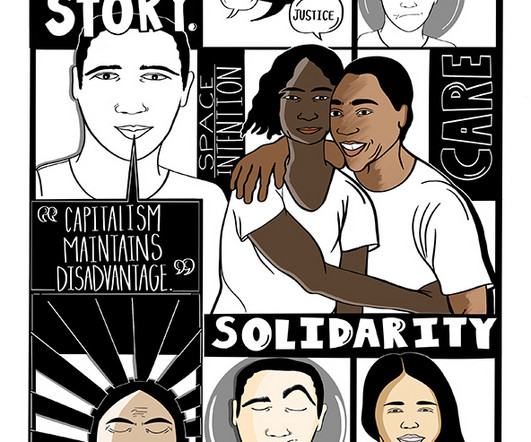Instead of Disruption, Leverage What Already Exists
Stanford Social Innovation Review
SEPTEMBER 22, 2022
For as long as most of us can remember, social enterprises and social movements have sought to disrupt systems from the outside or to make fundamental policy changes from the top down. By Jim Bildner & Stephanie Khurana. And it was undeniable.














Let's personalize your content